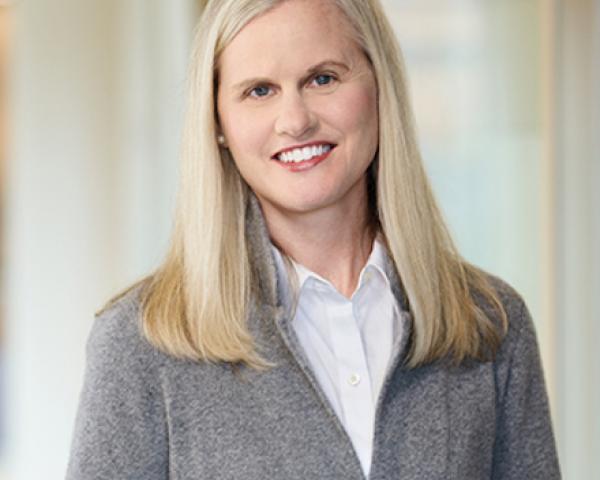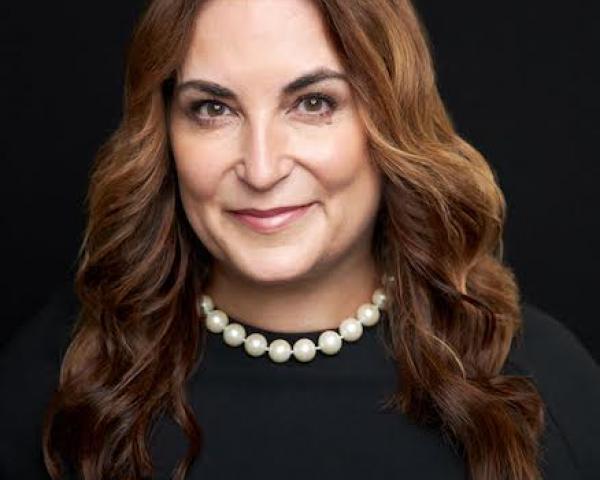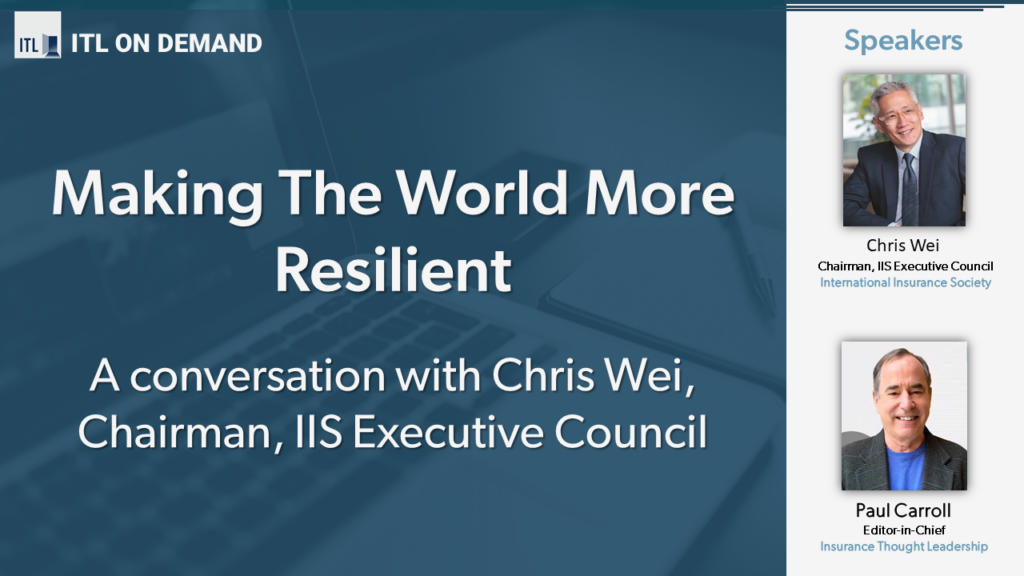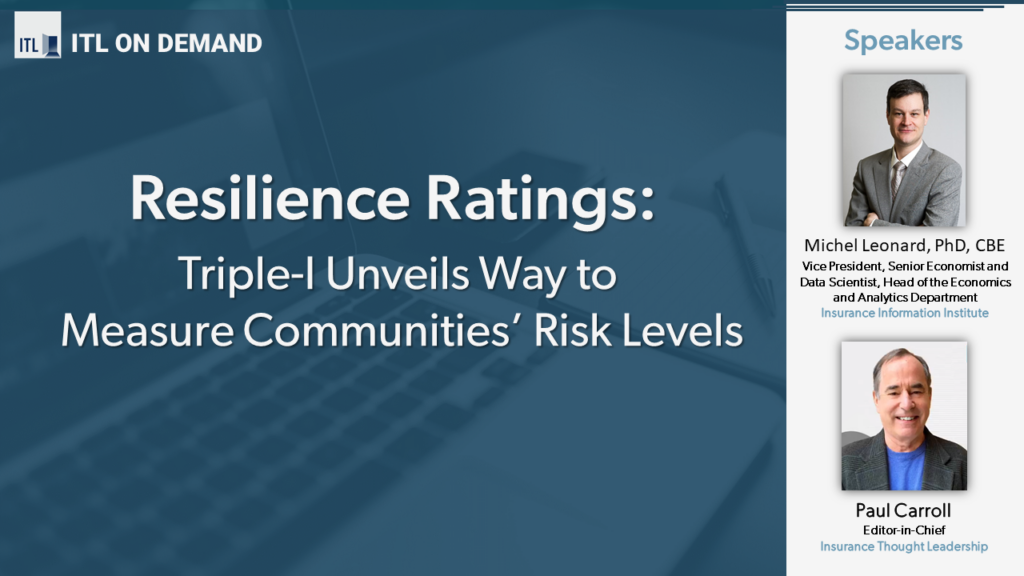As consumers and the general public become more actively involved in environmental and social causes, organizations are responding by committing to written environmental, social and governance (ESG) policies or practices. Driven by investors and activists, ESG has served to measure an investment against a wide range of behaviors, such as a company’s carbon footprint, ethical sourcing standards or the handling of diversity and inclusion.
Yet having an ESG stance is not enough. No company will be truly successful adopting ESG principles unless they understand that their responsibilities to their community encompasses far more than just making money for their stockholders. Taking any stance related to environmental or social concerns requires an organization-wide approach to think about nearly every aspect of the business. Not doing so will likely result in an ineffective program that opens the door to reputational damage that can affect everything from attracting customers and employees to the long-term sustainability of the business.
Where the Risks Are
Many companies believe that the function of an ESG stance is to garner shareholder and public favor. That may be true, but the opposite is also true – ESG principles, if not adhered to, could well land you in the spotlight for the wrong reasons. For example, a subsidiary of a well-known company settled numerous shareholder derivative lawsuits over its handling of sexual harassment claims. Another lawsuit brought by a nonprofit organization accused tech companies of sourcing cobalt from mines that employed child labor in the Democratic Republic of Congo. The era of companies being able to sweep bad behavior under the rug is soon to be over.
As serious as these oversights are, so is the lack of cohesion with the organization’s business strategies. For too long, companies have been allowed to look profitable when the cost of using public assets – such as clean air and water — has not been property accounted for in determining profits. Any ESG approach should guide business decisions, not live apart from them. ESG should be giving organizations a strategy for setting objectives. When ESG is a statement and not a core operating principle, the opportunity to strengthen operations through an ESG approach is missed.
So, too, when the focus is too narrow. ESG should not be considered solely as a guideline for meeting compliance requirements. While conveying the company’s practices as they relate to compliance is beneficial in some respects, any organization using ESG appropriately will find it easier to build processes that surpass minimum compliance needs.
Is the company just monitoring compliance so it can crow about it, or do they view ESG principles as an essential part of its success as a corporate citizen? Are policies aligning with the company’s commitment to environmental and social concerns? Is the company’s management ensuring that all activity and efforts are developed through their adopted philosophy? Is the corporate culture one that adheres to the ESG standards? Does leadership understand how ESG principles can drive success, or do they see them as a necessary evil to gain market share? It’s time for companies that want to appear as leaders in their fields to be held accountable for doing what is right by the environment and their employees.
See also: The Year of a New Beginning – From ESG Commitments to Action
Why ESG Matters
Knowing those answers matters greatly. A sound, well-executed ESG effort can reduce overall operating costs. It is well established that customers are attracted to the notion of a more sustainable product or to an organization that does its utmost to reduce its carbon footprint.
Even decreasing that footprint is evidence of how a strong ESG statement can benefit the organization. An ESG policy that’s acted on can give a company clearer incentive to embrace more transparent, socially responsible actions and create more transparency, both inside and outside the company. Within the company, the focus shifts to the business’s purpose, allowing for easier regulatory compliance and oversight. Outside the company, a more transparent business attracts consumers. The more transparent the company’s inner workings, the more confidence the public has in doing business with that company.
A well-crafted ESG plan supported by senior management enables companies to make strategic decisions in line with their principles and in advance of negative publicity. Those companies that wait for social activism to force their hand are showing they can be shamed, but they are not exhibiting leadership. Ask yourself: Why is leadership valued in every other area of management, except for stewardship of resources?
Building an ESG Approach
It makes sense then to adopt an approach to ESG through which business can operate. Using ESG as the funnel through which every aspect of your operations flows helps bolster the decision-making process.
Set ESG Goals
What is your organization looking to achieve with your ESG statement or principles? Think about how your grandchildren will view your decisions. Can you see yourself explaining to them that you blindly followed the Friedman doctrine of shareholder primacy at the expense of everything else, no matter what the impact on their future? Because we serve nonprofits, we have held to the principle for more than 30 years that our investments should not fund companies contributing to the many societal and environmental problems nonprofits are working so ardently to cure. Eliminating all investment in fossil fuels was an obvious decision for us more than a decade ago. Today that decision is no longer restricted to just mission-driven companies like ours.
Use ESG as a Growth Strategy
Develop clear ESG guiding principles. A strong ESG approach gives your company the flexibility to grow the business through ESG-related activities. For example, construction or real estate development companies that demonstrate their commitment to sustainability could attract more clients looking for sustainable buildings or properties.
Plus, the activities your organization undertakes to align with your ESG stance can also help you get better aligned with the customers and communities you serve. When divesting of fossil fuels-related investments, for example, you are sending the message to your customers that their concerns are ones you share.
Create Incentives for the Team
Without the buy-in of everyone in the organization, your ESG approach will not pass the sniff test. To get everyone on board, build incentives into your operations that relate directly to meeting ESG goals.
Add Accountability and Reporting
When you first start, tracking progress toward ESG principles will probably seem cumbersome, even elusive. Not everyone will agree on what should be measured or how. But part of the progress is having those conversations and agreeing to start somewhere.
As you build an ESG framework, remember to include regular updates for employees to reinforce your commitment to those guiding principles you set forth. As more employees opt to work for organizations that embrace social and environmental change, remaining accountable to your employees helps boost retention and employee satisfaction.
Educate
Not everyone will be on board with the adoption of an ESG-centric business approach. Our own organization had to educate board members and convince our employees on how ESG can benefit both our constituents and our organization.
Many organizations find it hard to convince the board and investors that ESG will not hamper profitability. Even as a nonprofit, we need to produce a reliable net income year after year to maintain our solvency as insurers. We can’t go to the stock market to increase capital. It must come from earnings.
We know that many of our highly talented staff and leadership have joined us because of our ESG stance. We often overlook the fact that many resources, including human resources, determine the bottom line. Satisfied employees who are part of an organization demonstrating accountability to community are a terrific boost to efficiency. In fact, as more companies turn to more environmentally friendly and socially conscious decision-making, the companies left behind will be the ones who refuse to invest in ESG.
We need to educate our leaders into understanding that long-term vision goes beyond the next quarter. Long-term planning, with an ESG framework in place, opens up opportunities that might otherwise have been missed.
See also: ESG Means ‘Extremely Strong Gains’
Building ESG Over Time
Your ESG approach does not need to be a perfect, all-inclusive plan. Incremental changes – for example, divesting 20% of your investments in fossil fuels or reducing the carbon footprint by 10% this year, or even asking your cleaning crew to switch to biodegradable cleaning supplies – starts the conversation within your organization.
Each year, your organization can build on that foundation. This year, our organization is adding a question to our RFPs: “What is your position on sustainability?” We are a relatively small company, but we can start the conversation with the scores of vendors, large and small, that we engage every year. Imagine if all the small and mid-sized companies started asking this question. Each of us is just one small voice, but together we can raise the profile of these important conversations. More than lip service, your ESG approach should be a commitment that runs through the entire organization.



















































